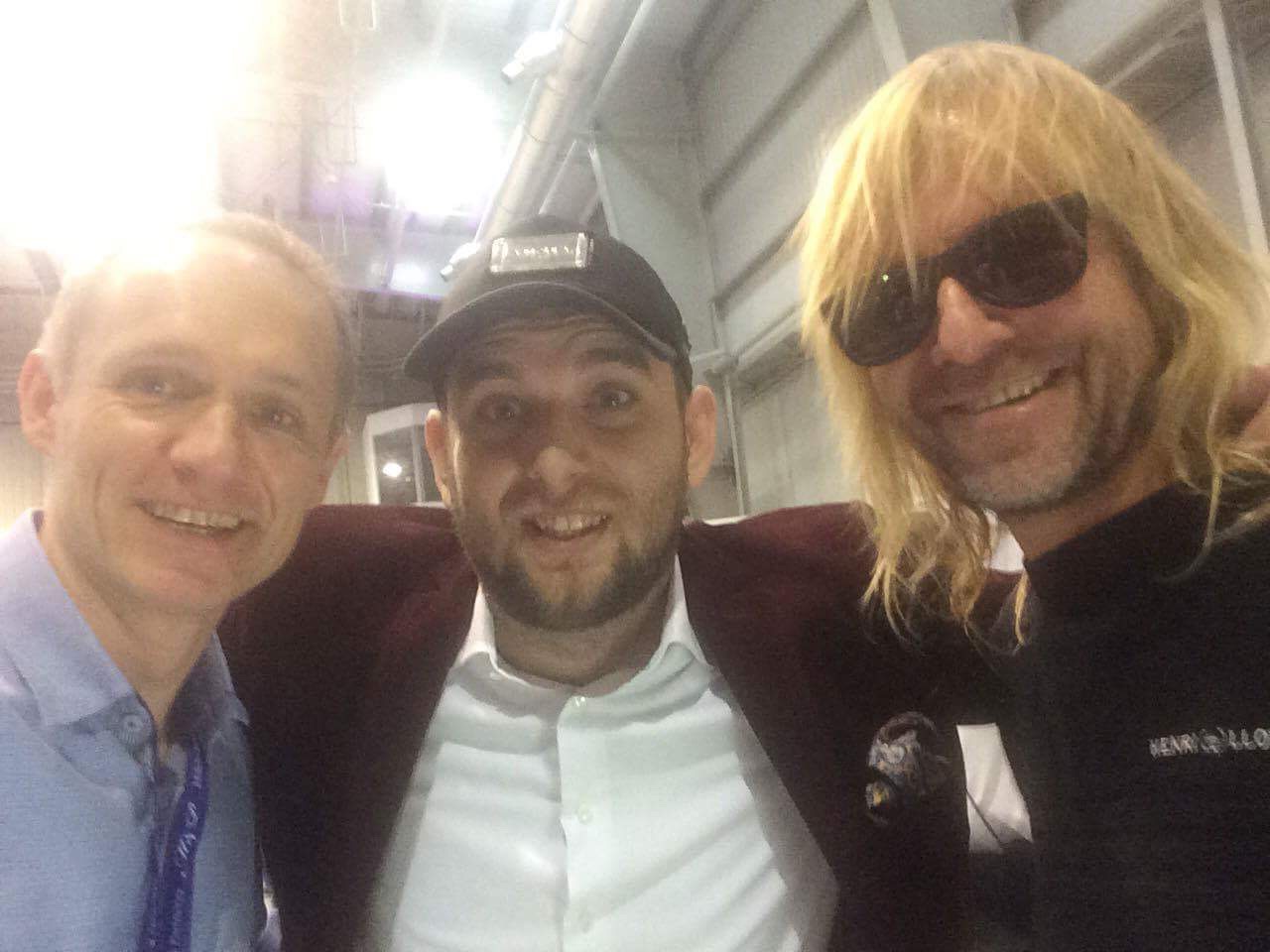Public speaking
On stage & online
THE CREW of a sailing yacht is the natural human team in which the principle ‘one for all, all for one’ gains direct meaning. When successive helmsmen take over the watch, they hold the helm and, consequently, take the responsibility for the safety of the yacht and for human life. Wearing the same T-shirts does not make a group of individuals a united crew.
Commitment is required not only from the skipper, the leader, but above all from each sailor, as the weakest point can become the ultimate one.
The crew has a clear goal to steer the yacht safely to a safe harbour. That requires leadership, teamwork, trust and ability to deal with constant challenges. This is what CAPTAIN ANDY can do – like few others can.
Why the Captain?
Can you really learn anything about LEADERSHIP from the sailing Captain?
A captain is often a symbol of leadership. The skipper is one of the oldest examples of good management in human history. After all he is the Master. He is in command.
The very word LEADERSHIP consists of LEAD my SHIP!
During his public speeches and online events, the Captain shares the vast experience of being a strong and an effective leader who always achieves the next goal. In a cheerful manner, he gives concrete examples of best practice and reminds us of the potential risks. Above all, he inspires and floods us with a wave of positive energy!
Are you ready to find out more? So, All hands on deck!
Content of the speech
The challenges and responsibilities of a Captain fit into the business world and correlate perfectly with the challenges of a manager and his team within a company. We use this expertise during corporate and online events:
- LEADERSHIP – this is the Captain’s natural domain: he navigates and sets the course, ensures safety, sets an example by following the best practices and keeps the morale high. The Captain also continues to inspire.
- TEAM BUILDING – the Captain assigns specific tasks to each Crew member, explaining and communicating, preventing conflicts, stimulating actions and cooperation between team-members. However, he teaches the sailors to be independent and resourceful.
- CRISIS MANAGEMENT – the skipper and the crew anticipate and prevent problems, but when they occur, they decide jointly how to avoid any reefs and storms. It is the Captain, however, who takes the full responsibility for all actions and its results.











